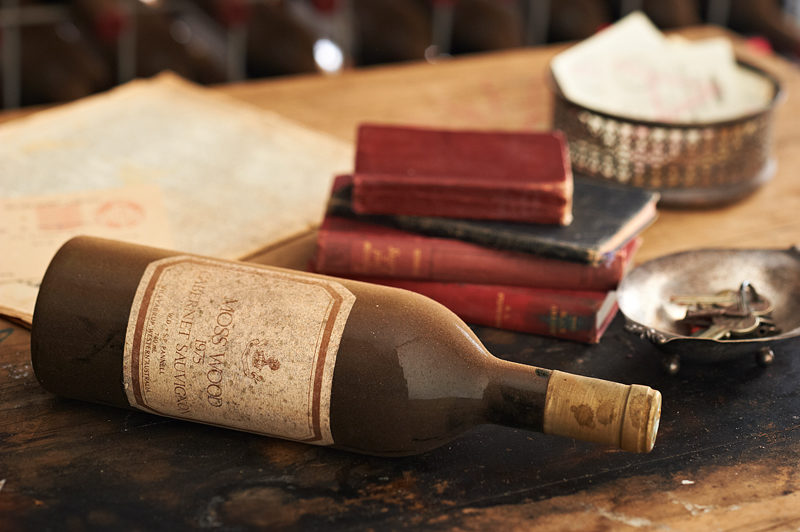Moss Wood 1975 Cabernet Sauvignon – Stephen Brook, Decanter

Moss Wood 1975 Cabernet Sauvignon – Stephen Brook, Decanter
‘Considered one of the greatest red wines produced in the region…’
Wine Legend: Moss Wood, Cabernet Sauvignon, Wilyabrup, Margaret River 1975
A legend because…
In the late 1960s and early 1970s there was a rush to make wine in Margaret River, and a number of properties – not only Moss Wood but Vasse Felix and Cullen – were planted. Largely improvised, these early vintages received unexpected acclaim. The 1975 Moss Wood Cabernet was one of those wines, and has long been considered one of the greatest red wines produced in the region.
Looking back
The surge in interest in Margaret River as a wine region can be attributed to the publication in 1966 of a report by Dr John Gladstones. A botanic research scientist with an interest in viticulture, he spotted the suitability of the region for wine production. Frost-free and maritime, the region’s climatic conditions were similar to those of Bordeaux.
First to respond was Dr Tom Cullity, founding Vasse Felix in 1967. Dr Bill Pannell and his wife Sandra were not far behind with Moss Wood – the original block is Margaret River’s second oldest vineyard. Present owner Keith Mugford, winemaker from 1979, recalls how at weekends they would drive down to Margaret River with a shovel in search of the best gravelly loam soils, considered ideal for vineyards by Gladstones. The Moss Wood property looked just right, and was for sale. The Pannells bought it and planted Cabernet Sauvignon in 1969.
The vintage
The 1975 growing season was quite mild, with Cabernet ripening slowly. It was certainly cooler than the very warm 1976 and 1977. There were no problems with disease or bird damage, and yields were moderate. The grapes were hand picked.
The terroir
The soils of the original vineyard, lying on a gentle, sheltered slope, are a reddish gravel loam over a clay subsoil, with a few sandier sectors. The clay contributes a good deal – there is enough to retain water and prevent drought stress, but not so much that the soil becomes waterlogged. The clay also adds to the wine’s opulence. Strong coastal winds help to moderate temperatures in summer. The vines are entirely dry-farmed. Minimal pesticides are used, but Moss Wood is not organic.
The wine
After harvest on 15 March, the grapes were fermented in open-top tanks with cultivated yeasts. The cap was plunged by hand three times a day, and temperatures were controlled, never rising above 28°C. Surprisingly, there was no malolactic fermentation. The wine was aged for 15 months in 300-litre barrels, of which 20% were new; 20% American oak was used, the rest being French.
The reaction
One of the first experts to recognise the wine’s quality was Edmund Penning-Rowsell, who tasted it while touring Australia on behalf of the Wine Society in the late 1970s.
‘To the best of my memory,’ says Mugford, ‘this was the first international recognition of the quality of Cabernet Sauvignon from the Margaret River region.’
In 1993 Jeremy Oliver was enthusiastic: ‘Heady, opulent, smoky aromas of cedar and cigarboxes over lightly meaty suggestions of undergrowth. Superbly preserved, with surprising fruit sweetness and vivaciousness.’
In 2002 Stephen Brook admired its ‘sweet, rich, cedary nose, with a touch of mint. Medium-bodied, it’s still healthy, with fine acidity and amazing freshness, leading to a long, lean, elegant finish.’
